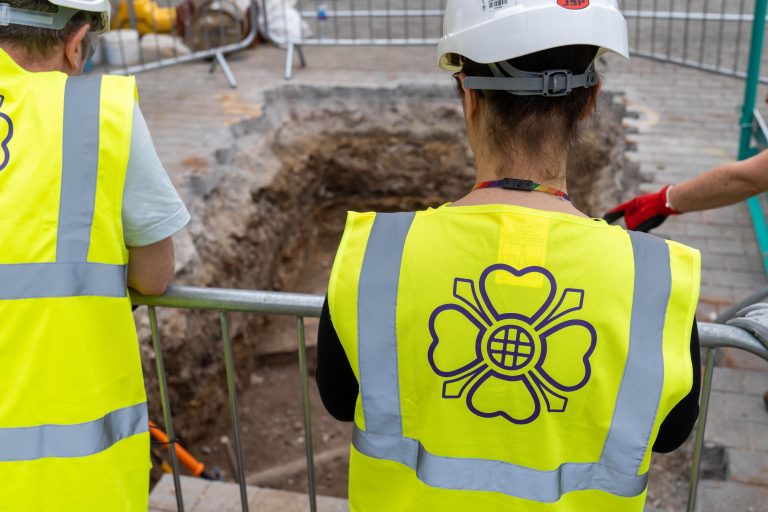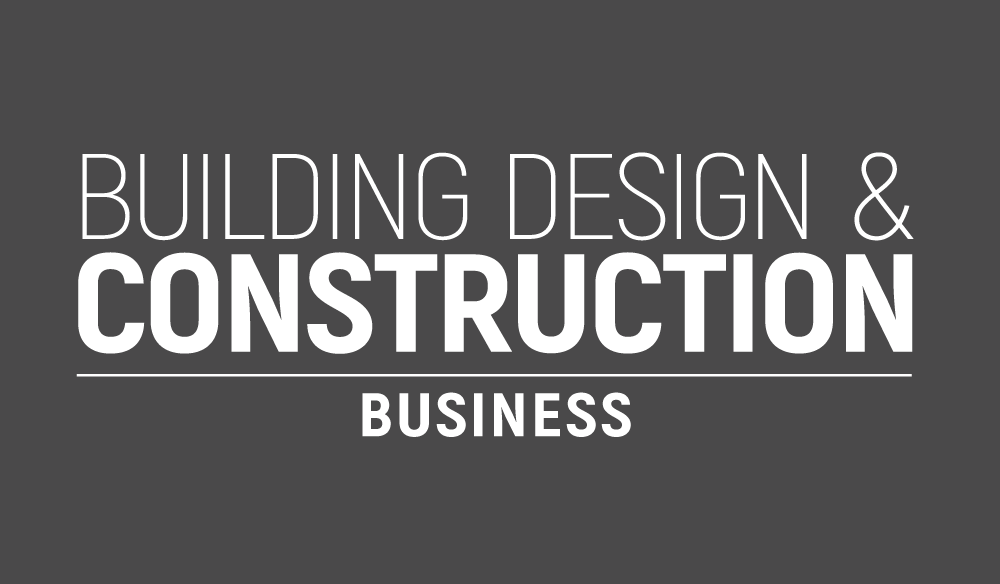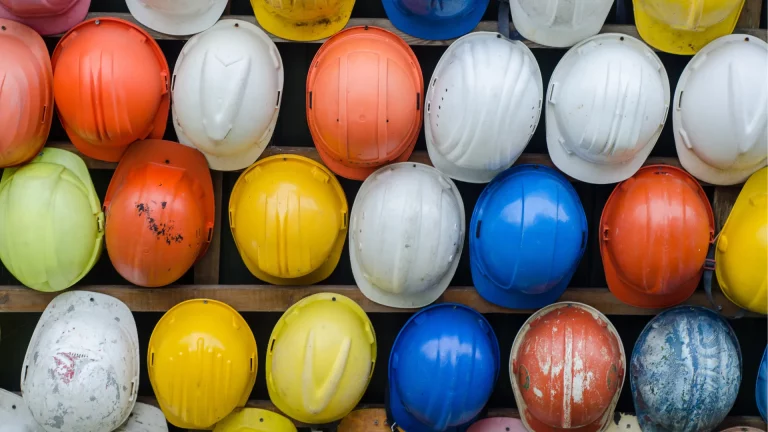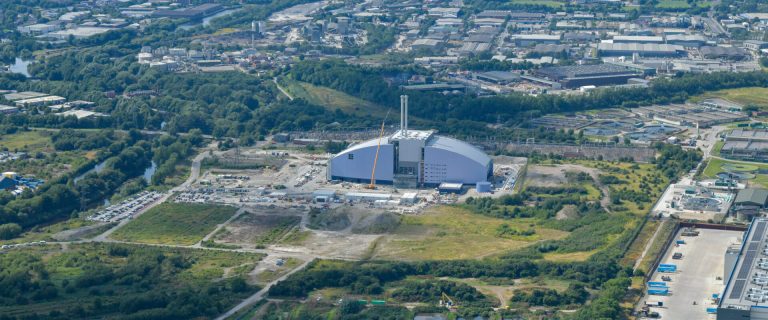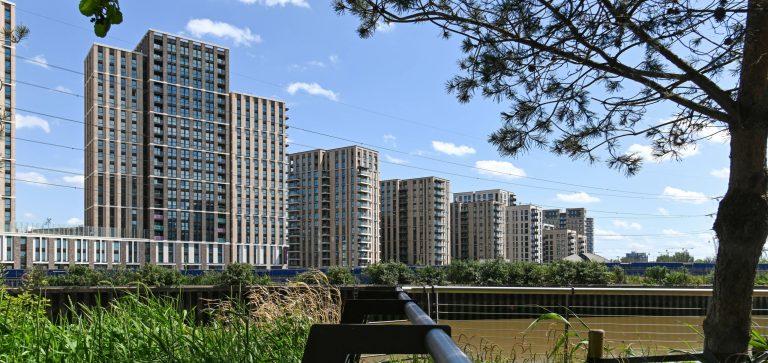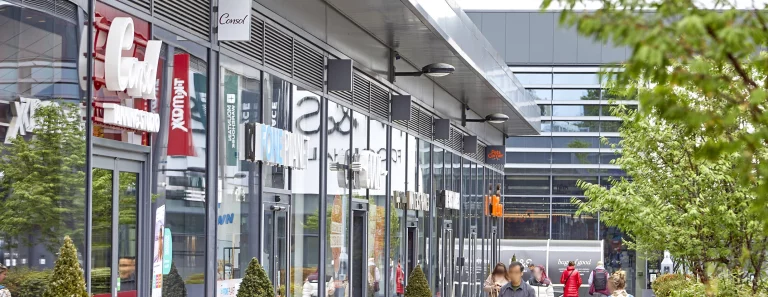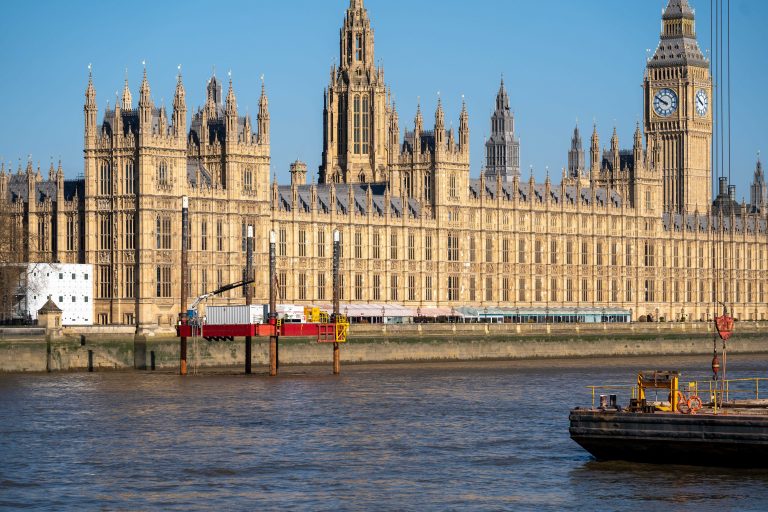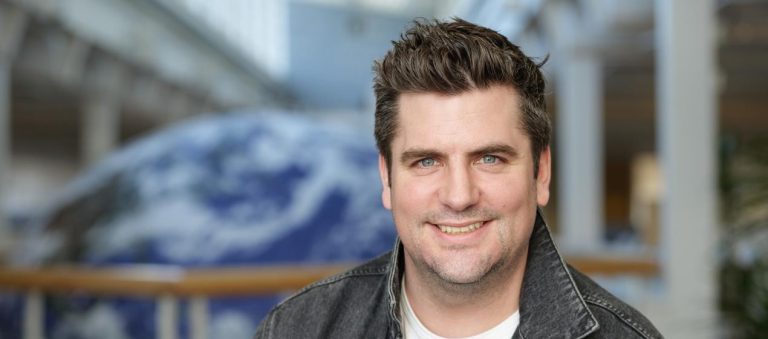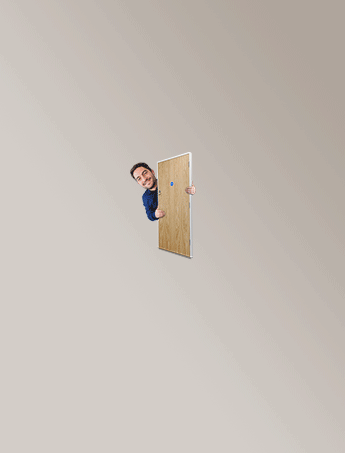Introduction The construction industry is facing constant and growing pressure to deliver projects faster, greener, and more responsibly. It is said to be accountable for 40% of carbon emissions in the UK, and even more surprisingly, 28% of all emissions globally. The sector has faced increased pressure to reform its Environmental, Social, and Governance (ESG) standards in order to create a more sustainable approach to the built environment. Although ESG commitments might look good on paper, in practice they are complex and long-winded to implement, and at times, can be viewed as a simple brand exercise or tickbox. But today, a strong ESG strategy is imperative. It not only reduces risk and meets increasing regulatory and investor demands within the sector, but also creates long-term value for businesses and their wider sustainability goals. Mark Garry, Watts Group Associate, and member of their public sector department delves into how retrofit is a key part of governance in action, ensuring that sustainability translates into tangible performance outcomes. Of the three key ESG pillars, governance is often the most misunderstood and underutilised. When in actual fact, strong governance is the enabler and key driver of innovation and sustainability in construction, particularly through the growing demand for retrofit. Defining governance within ESG In plain terms, governance refers to how decisions are made, who is accountable, and whether those decisions align with ethical, transparent, and responsible practices in a business or project. In construction, strong governance is applied practically through various processes such as procurement, supply chain oversight, and risk management frameworks. These factors guide everything from contractor selection to compliance, and allow for transparency, accountability and overarching commitment to sustainability targets. Without strong governance, environmental and social goals fall apart, and even the best ESG intentions lack structure, consistency, and credibility in the long run. How governance drives innovation in construction Today, strong governance frameworks are essential to accelerating innovation and responding to evolving regulatory, environmental, and societal expectations. While it may not sound as exciting as engineered timber or robotics, which focus on transforming how we deliver projects, governance ensures that innovation is implemented responsibly, supporting long-term sustainability and resilience. Governance also reinforces compliance with UK employment legislation, safeguards against unethical employment practices, and ensures ethical standards are upheld across construction supply chains. It provides the structure needed to implement circular economy principles, prioritising resource efficiency, waste reduction, and lifecycle value across the built environment. All of which are elements to a successful ESG strategy. At its best, governance acts as the bridge between vision and implementation, and supports faster, more accountable decision-making. It aligns ESG targets with commercial business objectives, and gives investors, clients, and the wider public confidence that technological and environmental progress will be delivered with transparency and sustainability in mind. Governance’s role in retrofit Retrofit, or the process of improving energy performance in existing properties and buildings, not only improves a buildings lifespan, it is one of the most practical demonstrations of governance in action. Britain has some of the oldest, and least energy-efficient housing stock in Europe and only a campaign of mass retrofitting will allow the UK to reach the government’s target of net zero by 2050. Strong governance determines how decisions are made, and whether they align with transparent, ethical, and responsible practices. In retrofit, governance underpins the framework that ensures retrofit measures are delivered to the highest standard, safeguards occupant safety, and embeds accountability across contractors, supply chains, and funding bodies. Under PAS 2035:2023, governance is built under every stage of the retrofit process from the initial assessor conducting a detailed energy assessment of the property, to the evaluator monitoring and verifying performance outcomes. Why governance matters in retrofit In retrofit, the industry is faced with various challenges; from skills shortages and fragmented supply chains to inconsistent standards, policy uncertainty, and the persistent performance gap between design and delivery. From a retrofit coordinator perspective, governance provides the framework that ensures retrofit measures are delivered to the highest standard. It safeguards against shortcuts that compromise energy efficiency or occupant safety, and embeds accountability across contractors, supply chains, and funding bodies. Strong governance also guarantees that carbon reduction targets translate into measurable improvements in building performance, rather than unverified claims. In this way, governance is the safeguard that transforms ambitious environmental goals into lasting outcomes for clients, investors, and communities alike. The foundation for lasting impact Strong governance is what turns ESG ambition into real-world outcomes. It provides the structure, accountability, and clarity needed to deliver innovation, secure investor trust, and stay ahead of regulatory and reputational risks. Without it, environmental and social goals remain ungrounded. With it, the construction industry can lead the transition to a more sustainable and resilient built environment through better decisions at every level. Building, Design & Construction Magazine | The Choice of Industry Professionals
